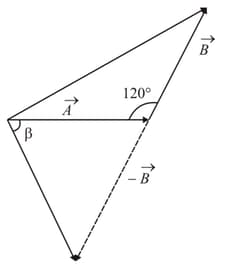Two forces and act along the lines and , respectively. Then the resultant of forces would be
Important Questions on Scalars and Vectors
Consider a frame that is made up of two thin massless rods and as shown in the figure. A vertical force of magnitude is applied at point of the frame.
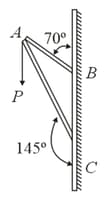
Suppose the force is resolved parallel to the arms and of the frame. The magnitude of the resolved component along the arm is . The value of , to the nearest integer, is ________.
[Given : ]
In an octagon of equal side, what is the sum of if,
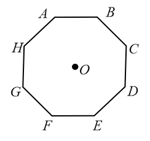
If are four points on a semi-circular arc with a centre at such that Then,
Polygon law of vector addition yields

In the light of the above statements, choose the most appropriate answer from the options given below.
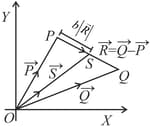
Statement-II : In the situation given above.
and
In the light of the above statement, choose the most appropriate answer from the options given below :
Figure shows three forces and acting along the sides of an equilateral triangle. If the total torque acting at point (centre of the triangle) is zero then the magnitude of is
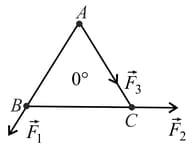
Match List I with List II.
| List I | List II | ||
| (a) | (i) |  |
|
| (b) | (ii) |  |
|
| (c) | (iii) |  |
|
| (d) | (iv) |  |
|
Choose the correct answer from the options given below:
Statement II: A triangle made up of three forces and as its sides were taken in the same order, satisfies the condition for translatory equilibrium.
In the light of the above statements, choose the most appropriate answer from the options given below:
The magnitude of vectors and in the given figure are equal. The direction of with axis will be:
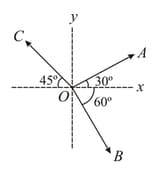
The resultant of these forces and is approximately ______
[Take Given and unit vectors along axis]



